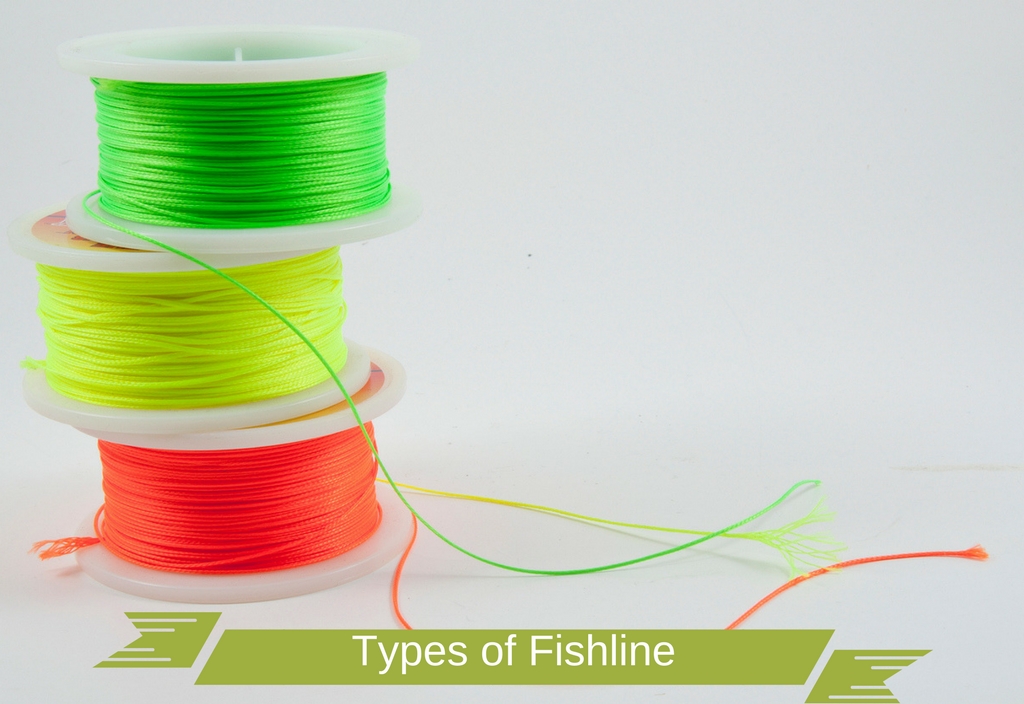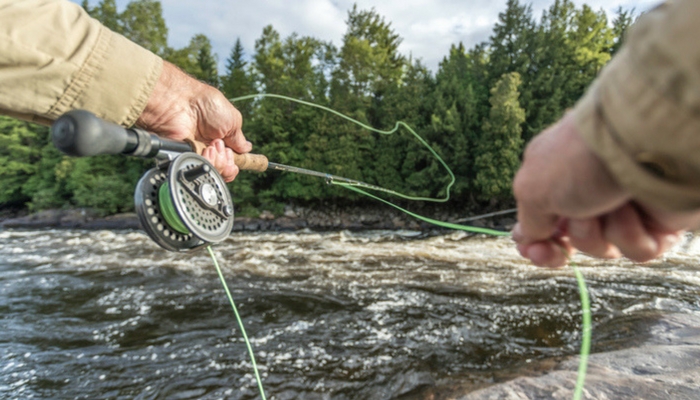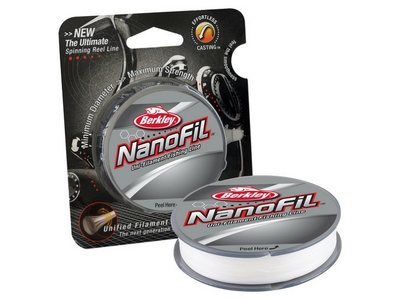 Fishing line is a long thread of silk or nylon material that is attached to a baited hook and is used for catching fish. Fishing line is an essential component to include in your gear, so it is important to understand all the different types of fishing line that are available and the various uses for them.
Fishing line is a long thread of silk or nylon material that is attached to a baited hook and is used for catching fish. Fishing line is an essential component to include in your gear, so it is important to understand all the different types of fishing line that are available and the various uses for them.
Over the years, there have been many improvements and advancements made regarding the design and effectiveness of fishing line. With nylon-based monofilaments, polyethylene braids and crystalline fluorocarbon materials, there are now far better fishing line choices than ever before.
Monofilament Fishing Line
If you are a seasoned angler, then you are probably very familiar with the classic monofilament fishing line. This type of line provides abrasion resistance and strength, and the knots draw tight and are kept secure with very little risk of slipping or burning.
While monofilament fishing line has been around for decades and utilized by many anglers, it also has some downsides that should be considered. This type of line cannot be submerged for an extended amount of time because once it reaches the point of saturation, the line will begin to break down and will lose a good majority of its overall strength.
Monofilament fishing line is also one of the most affordable types of fishing line you can purchase and can be used in a plethora of different fishing conditions and types of fishing including spin fishing and ultra-light fishing.
The line is dense and is considered one of the thickest lines available and all this means that the line can float, and the elasticity of the line generally acts as a shock absorber.
The line is transparent, so it is harder for a fish to recognize it. However, if you do not want to choose the clear monofilament fishing line, you can also consider the green. The most significant thing to keep in mind with this type of fishing line is the memory.
The nylon made in its construction is a very low memory material, so it will not remember the coils when it was restrained on the spool. However, you may experience a few tangles that can cause problems when casting. To help overcome this, you should respool the line at least once a year.
Fluorocarbon Fishing Line
Fluorocarbon fishing line at first glance is very similar to monofilament fishing line. However, it does not absorb water as the monofilament does. Fluorocarbon can also repel chemicals and ultraviolet light. When used in colder temperatures, the line will not weaken or become brittle.
The overall composition of this line is dense and strong and is much heavier than its mono counterpart. The weight also means that this line is able to sink much faster. It is a high strength and high sensitivity line that also boasts of improved abrasion resistance and is much less likely to tangle than the monofilament fishing line.
The most prominent advantage to fluorocarbon fishing line is the ability it has to refract light, rather than reflect it. This attribute makes it virtually invisible while it is in the water.
The conditions you can effectively use fluorocarbon fishing line are the same as those with monofilament fishing line. Clear streams and open water are also suitable conditions because of the sheer invisibility of the line.
Braid Fishing Line
If you are looking for a fishing line that is a non-stretch braid for strength but also combined with fluorocarbon, then braid fishing line is the answer. Braid fishing lines are made from a synthetic thermoplastic called polyethylene, and these fibers contain several strong microfilaments. This material and the design makes a very strong, yet thin fishing line.
Over the years, advancements in technology have improved braid fishing line and have made it so it is even stronger and there is less chance of the line becoming tangled. It has a smaller diameter than monofilament and is best when used in heavy cover situations where you need better abrasion resistance.
Braid fishing line has risen in popularity over recent years because of the zero stretch properties it has been found to possess. Braid also grips less than mono does, so it is recommended that when using braid, you also spool first with some mono before connecting the braid fishing line to help prevent any slippage.
This type of line is also good when you are fishing in heavy water vegetation and when you decide to fish topwater baits on long casts. Due to the small diameter of this fishing line, it is limp and doesn’t carry any memory.
Braid fishing line is opaque in appearance which makes it visible while in the water; this can be a downfall because the line is visible to the fish and they can become wary of it. To reduce the high visibility of this fishing line, anglers will commonly attach a monofilament to the end of the braided fishing line to serve as a leader.
Nanofil Fishing Line
The fourth type of fishing line is known as Nanofil, and it cannot be classified as either a braid or monofilament. It is a raw material that is both very thin and fibrous and resembles cotton candy. This type of line provides increased sensitivity over braid and fiber and allows for lower line diameters.
However, since the fishing line is so thin, it may take an extraordinary amount of it in order to completely fill a reel. There may also be some friction if it is tied while dry.
Berkley is the company that makes Nanofil fishing line and claims that the line is never braided which allows the fibers stay more oriented linearly. Its zero memory can also virtually eliminate any chance of experiencing tangles in the line. It is considered the very first uni-filament fishing line that is neither mono nor braided.
Final Thoughts
No matter what kind of fishing you do, it is important to understand all the different types of fishing line that are available to you. From clear water to heavy vegetation, there is a fishing line that will provide you with the strength and durability you need with reduced visibility to improve your chances of reeling in your catch.


